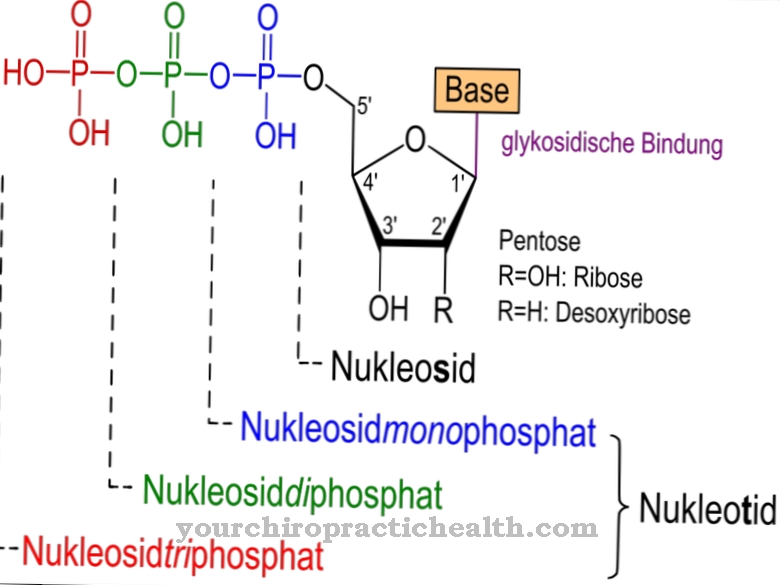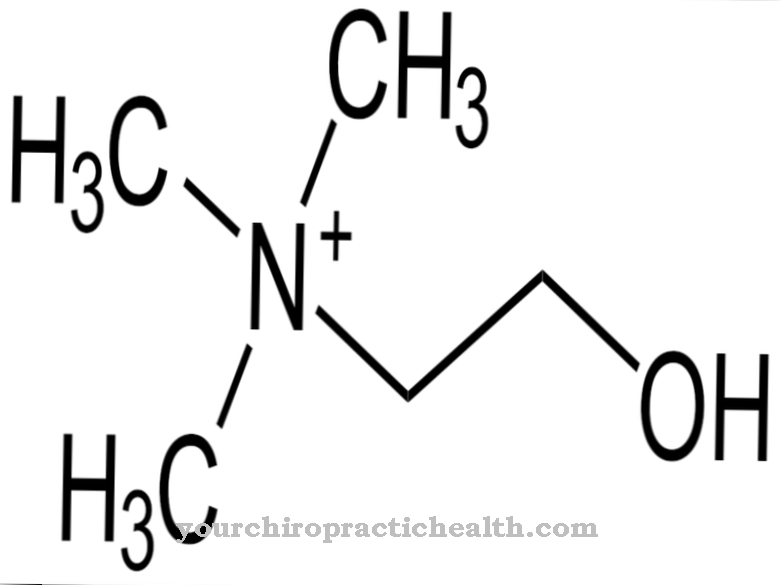Oxalic acid, also known as Ethanedioic acid or Clover acid, is the simplest form of dicarboxylic acid. The formula C2H2O4 is a crystalline solid that is colorless and odorless. The physical state of oxalic acid is solid.
What is oxalic acid?
As a reducing agent, oxalic acid is determined by titration with oxidizing agents such as potassium permanganate. This process produces carbon dioxide as an oxidation product. The salts of oxalic acid are known under the systematic name ethanedioate, oxalate.
Oxalic acid was discovered as early as 1769. Johann Christian Wiegleb discovered this acid in wood sorrel as the potassium salt. Derived from wood sorrel, the historical name Kleesäure was therefore retained in linguistic usage. In 1776, Carl Wilhelm Scheele and Torbern Olof Bergman succeeded in producing oxalic acid by oxidizing sugar together with nitric acid. However, this process is not a synthesis, but only the breakdown of a natural substance. The artificial production of oxalic acid succeeded for the first time in 1824. Friedrich Wöhler synthesized oxalic acid by saponification of dicyan from inorganic raw materials.
Function, effect & tasks
Oxalic acid is ideal for removing rust stains and is also used as a bleaching agent. Beekeepers use oxalic acid, especially in winter, to combat the varroa mite. The 3.5 percent sugar solution, which is very watery, is sprayed or trickled onto bees.
However, beekeepers who treat varroosis with oxalic acid are at risk from direct contact with the acid. Oxalic acid is also used in the laboratory as a basic titer substance for manganometry, since the dihydrate of oxalic acid can be used for this. Oxalic acid is also suitable as a basic titer substance for the precise determination of the content of alkaline standard solutions such as sodium hydroxide solution. Due to the formation of a poorly soluble calcium salt, oxalic acid is helpful for the gravimetric determination of a calcium ion as calcium oxalate.
Oxalic acid, which is obtained from the wood sorrel of the Fichtelgebirge, is also used for the effective bleaching of quartz, i.e. rock crystal, the occurrence of which is particularly proven under the town of Weißenstadt. Oxalic acid supports the gloss polishing of marble and is used in the woodworking industry as a mild bleaching agent. It removes stains that have arisen reactively as a reaction of tannic acids or through contact with wood containing tannic acid with iron tools. Pharmaceutical chemistry benefits from the effect of oxalic acid through its property as a salt former.
The protonation of basic amines produces so-called oxalates. Oxalic acid is also found in very small amounts in black tea, peppermint tea and in the roots and bark of many plants as insoluble calcium oxalates. Oxalic acid is not harmful to health in small amounts, but it is harmful in higher concentrations. Calcium oxalates are often produced in nature by the death of plant cells. Kidney stones also consist of this calcium oxalate and uric acid, but the formation of kidney stones is prevented by consuming fruits that contain citric acid.
Education, occurrence, properties & optimal values
Oxalic acid and potassium salt are found in large amounts in knotweed plants such as rhubarb, which can contain around 180 to 765 milligrams per 100 grams fresh weight and stalks. In sorrel, most of the oxalic acid is found in the leaves.
Star fruits contain between 40 and 1000 milligrams per 100 grams of fresh substance, similar to wood sorrel. Swiss chard contains between 110 and 940 milligrams per 100 grams of fresh weight. Spinach contains 120 to 1330 milligrams, whereas parsley at 100 grams fresh weight only contains up to 185 milligrams. Oxalic acid and its potassium salt are also found in cocoa with 338 to 480 milligrams in 100 grams, and in chocolate with 80 to 200 milligrams. 100 grams of fresh beets contain between 17 to 329 milligrams.
Many fungi secrete oxalic acid, which is promoted by the production of an alkaline reaction in the nutrient solution. Oxalic acid is obtained by rapidly heating sodium formate to 360 degrees Celsius. Around 140,000 tons of oxalic acid including esters are produced annually worldwide. The strong acid breaks down at temperatures above 150 degrees Celsius with the formation of carbon dioxide, carbon monoxide and water.
Diseases & Disorders
Oxalic acid impairs the absorption of iron in the intestine, which is why you should reduce the consumption of foods with oxalic acid. Calcium can be reduced in the affected tissue, which in the worst case could damage the heart.
In general, even minor poisoning as a result of blocked renal tubules leads to kidney damage. Regular direct contact with oxalic acid can pose health hazards, such as for beekeepers who use oxalic acid to combat varroosis. Although oxalic acid has a bad reputation in connection with food, it is believed that the acid has positive properties in the defense against diseases such as against aflatoxins and Aspergillus.
It has been proven that too high a value of oxalate has a negative effect on the human organism, as it reduces substances important for the body such as magnesium, zinc, potassium and calcium. To a small extent, the consumption of oxalic acid in food should not cause any harmful effects, since different types of vegetables such as chard, rhubarb or sorrel are healthy. In moderation, foods with a high content of oxalates and oxalic acid have healthy effects such as spinach or the moderate consumption of tea definitely has its positive effects.



























